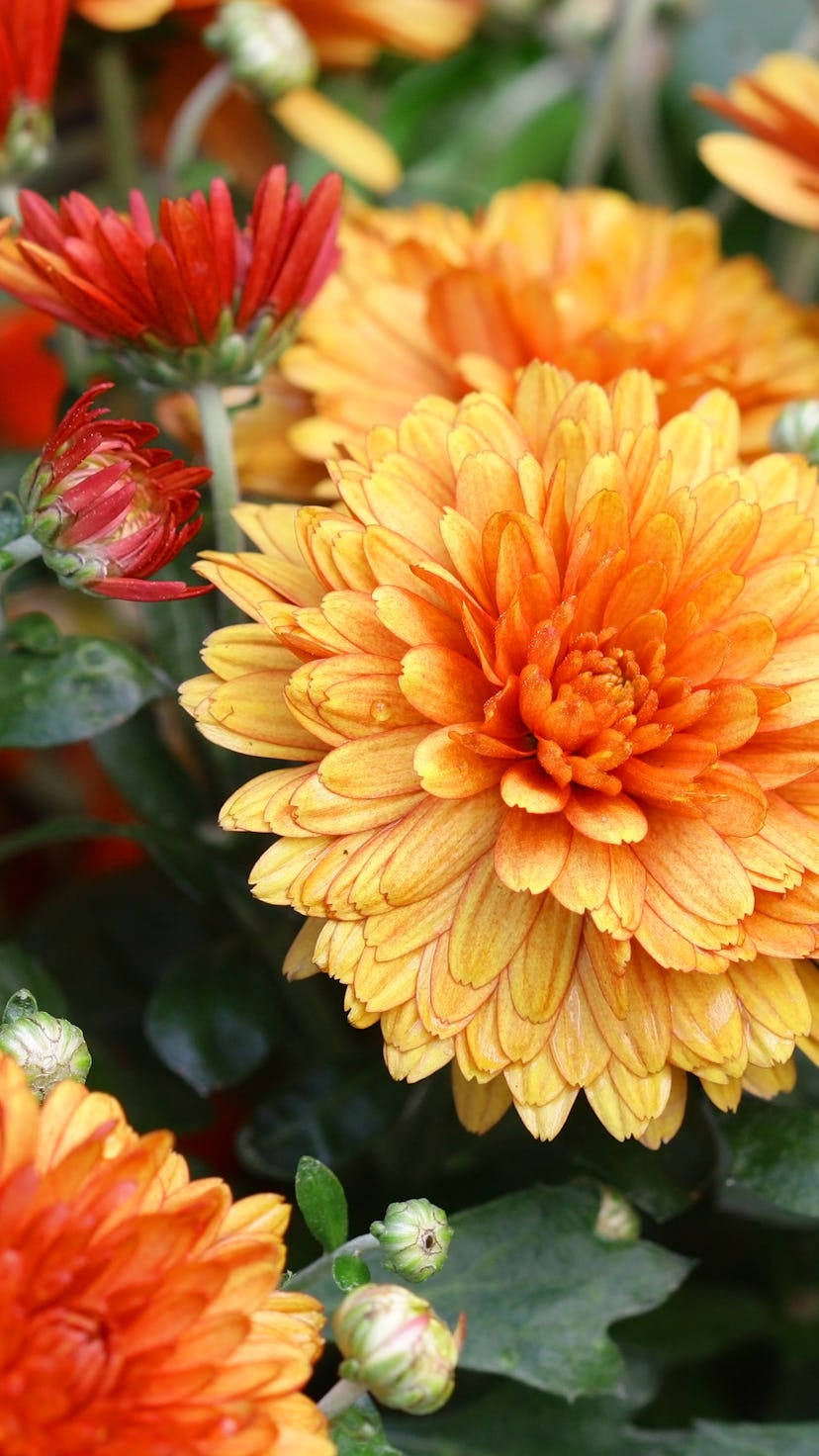Shutterstock
Bring your herbs indoors. Outdoor Living Today says while herbs thrive outside, they may get too cool beginning in the fall months. The article suggests first moving your herbs to a sunny spot on your porch to get more harvest from them for a bit longer, first.
Want to grow the same produce next year? Harvest some seeds from your current over-ripened fruit, says Outdoor Living Today. Soak the fruit in water and remove the pulp. Or, if you have a plant you’d like to grow again, wait until it’s dried out to collect the seeds. Once you collect, dry and store.
You can never have too much lettuce, and it’s such a versatile veggie. Lettuce grows wonderfully in the cool weather and needs to be planted in late summer to early fall, says HGTV. These even grow well in containers if you’re short on space.
Shutterstock
HGTV recommends removing all annuals from your garden and saving your seeds from those for next year as well.
Everyone’s favorite vegetable can be grown starting in mid to late summer through fall and winter, says HGTV. If you have a hard frost or freeze, you can cover them to protect them from the freeze. However, kale, parsnips, and collards can take the freeze, the website noted.
Take advantage of the trees shedding their leaves and check for rotting branches to have them removed, says Outdoor Living Today. With those gone, you’ll have less of a chance for damage from heavy snow or wind during the winter months.
If you live in a warmer climate, Brussels sprouts can absolutely be grown in the fall and grown through winter and early spring according to HGTV. Start from seed indoors and transplant outside when the weather cools.
As a southerner, I love a good collard, and this is the plant that actually tastes better if it’s been hit by a mild frost, according to HGTV. They’re really easy to grow as well.
Shutterstock
Once you’ve finished harvesting your summer produce, be sure to disinfect your pruners so they’re ready for the new planting or so they’re ready for next spring when you’re ready to plant again, according to HGTV.
